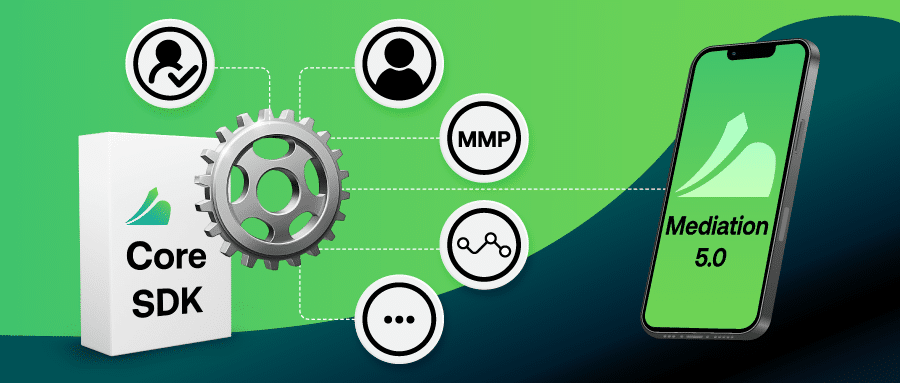What is Attribution
Attribution is the science of attributing a user to its source. Companies in the mobile apps industry (known as Mobile Measurement Partners MMP’s) such as Adjust, Appsflyer, and Singular, provide attribution technology which delivers key information on a user’s journey from a specific mobile ad to the app itself.
In the App Store and Google Play, it’s impossible to track which ad a user saw or tapped on before installing and launching an app; there’s no cookies or tracking parameters like there are on the web on the ad level.
To explain attribution step by step:
- A user is on an app or online, sees an ad and taps on it.
- A profile ID is saved by the ad network and ‘data points’ like unique identifiers, IP address and timestamp start to be monitored.
- The user is taken to the app, installs it and opens it which launches the attribution SDK installed within the app.
- Feedback including the profile ID is looped back to the MMP and the source is attributed.
Why Attribution is Important
By knowing from exactly which source users arrive (and as part of ASO understanding why they respond to some ads and not others), attribution allows UA teams to calculate how well ads and channels perform in bringing in revenues. It helps marketers justify ad spend. It provides feedback which is used to inform marketing decisions and build app product pages that convert at higher rates and drive higher quality installs, thus improving the return on ad spend (ROAS) per campaign. As you can see, attribution has a huge impact, especially on an app’s marketing budget.
Important news out of Apple recently outlined that iOS 14 coming later in 2020 will be deprecating the IDFA, the key element that the entire process of attribution depends on. The Identifier for Advertisers (IDFA) allows Apple to identify a device which advertisers use to track data and enables customized advertising to users. This means that the technology behind attribution will be changing very soon.


